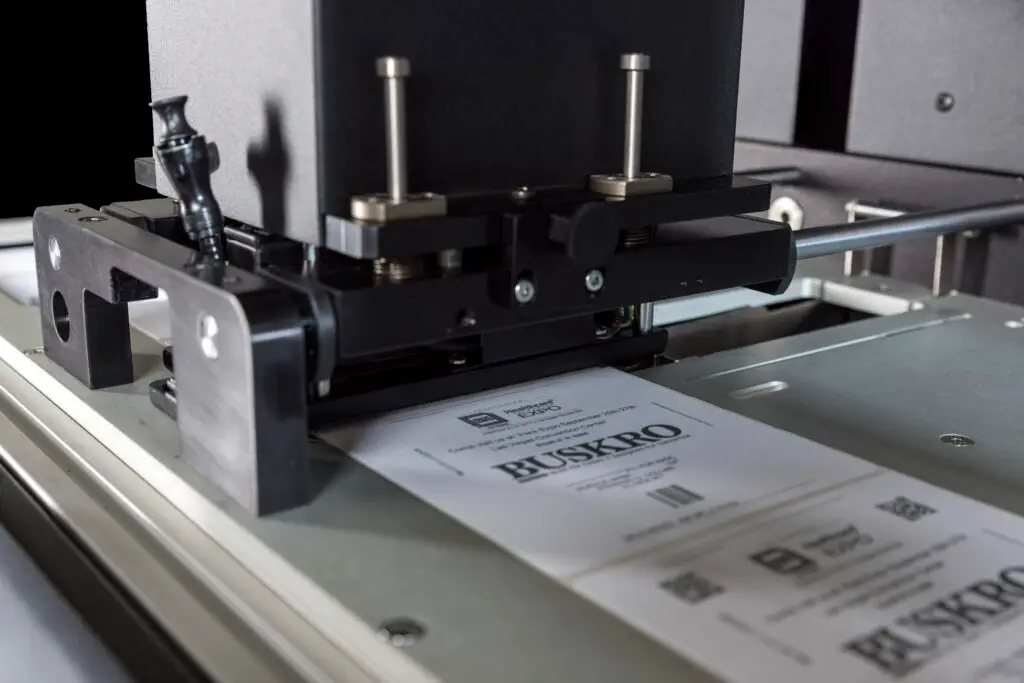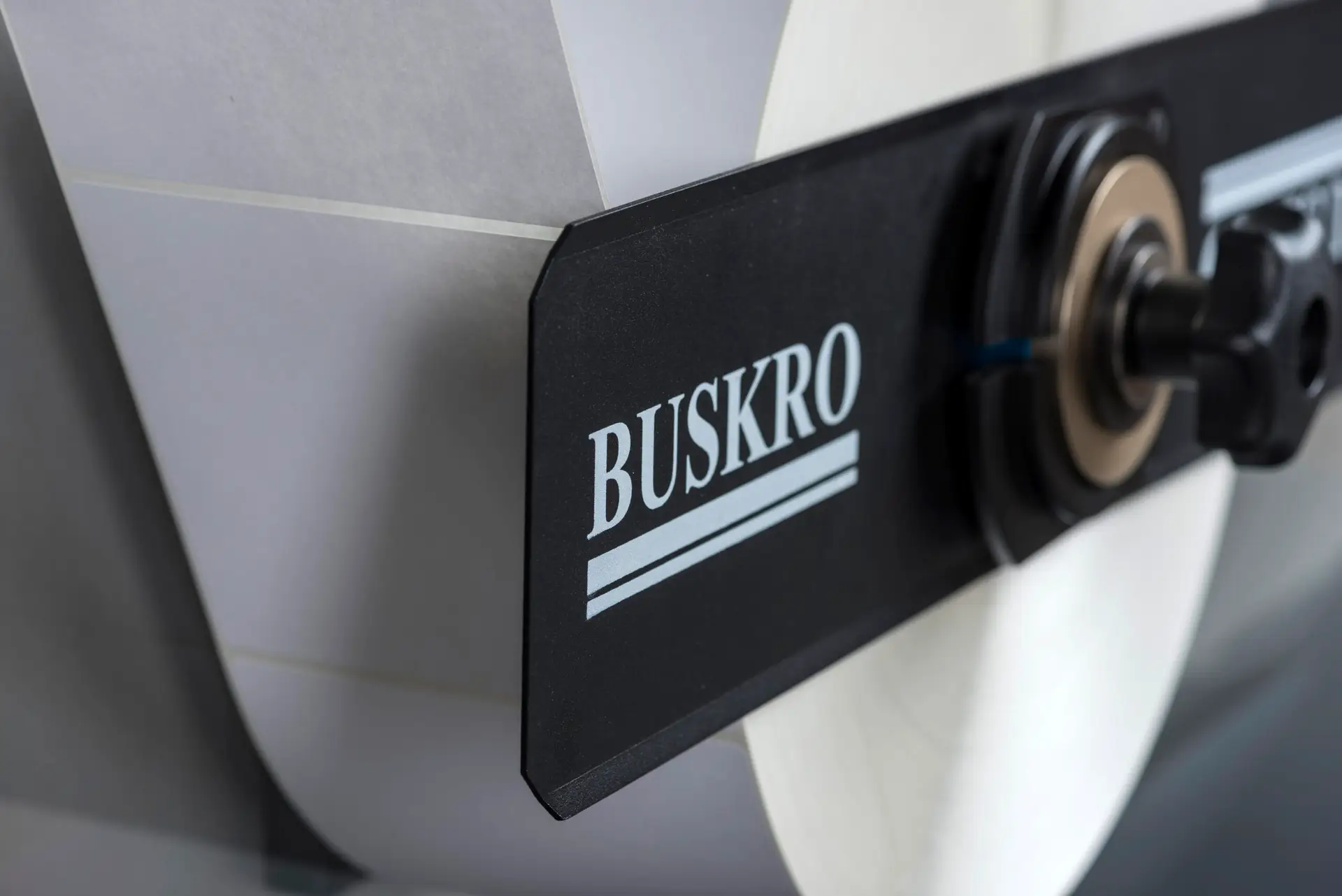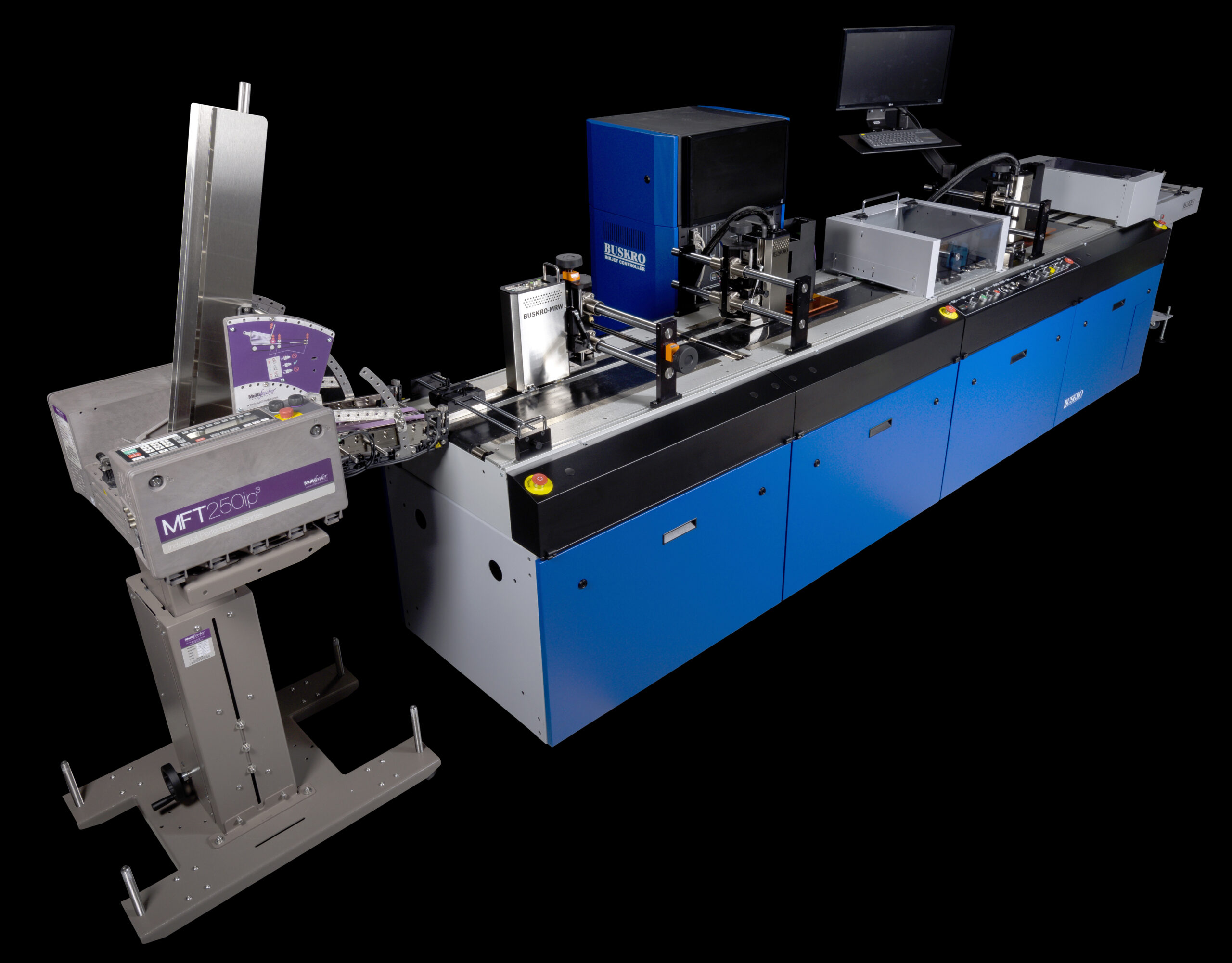In today’s highly competitive market for label and packaging printing, efficiency is paramount. By streamlining processes and minimizing touchpoints, not only can operational efficiency be improved, but the overall quality of products and production speed can also be greatly enhanced. This article aims to explore the importance of reducing touchpoints and offer valuable insights supported by recent industry research.
Enhanced Efficiency and Speed
Automated systems play a vital role in improving printing processes by reducing touchpoints and increasing efficiency. By streamlining workflows and minimizing manual intervention, these systems are crucial for meeting market demands promptly and enhancing production speed. (Scanse) (Laptop Depot).
Lower Risk of Errors and Defects
By minimizing touchpoints, errors and defects can be significantly reduced, leading to enhanced print quality. This is crucial for maintaining brand standards and ensuring customer satisfaction. (Scanse).
Cost Reduction
By automating processes and integrating advanced technologies, manual touchpoints can be reduced, leading to lower labor costs and operational expenses. This allows resources to be used more efficiently, resulting in decreased production costs without compromising product quality. (Scanse).
Improved Product Safety
In industries that require strict hygiene and safety standards, such as food and pharmaceuticals, it is of utmost importance to maintain these standards. One effective method to accomplish this is by reducing human involvement in the printing process (Meyers).
Sustainability Benefits
Minimizing touchpoints not only reduces waste but also has a positive environmental impact, aligning with the growing consumer and regulatory call for sustainable manufacturing practices. (Meyers).
Industry Statistics Supporting Reduced Touchpoints
- The printing industry in the United States, which includes packaging printing, is demonstrating remarkable growth, highlighting its ability to adapt and persevere. In particular, packaging printing is experiencing substantial expansion driven by the growing need for sustainable solutions and the surge in e-commerce. (Scanse).
- The digital printing industry has undergone a revolutionary transformation, thanks to advancements in technology. These advancements have not only made it possible to efficiently manage shorter print runs but have also significantly reduced the need for multiple touchpoints. It’s a testament to the power of technology and its ability to streamline processes.
- In line with this, Laptop Depot reports that around 50% of consumers in the United States are willing to pay extra for products that come in sustainable packaging. This highlights a strong consumer preference for minimizing touchpoints and waste in production processes. It’s clear that sustainability is a key factor driving consumer choices.
- The combination of digital printing and sustainable packaging is a powerful force shaping the industry. It allows businesses to meet consumer demands while also reducing their environmental impact. This is an exciting time for the printing industry as it continues to evolve and adapt to changing consumer preferences and technological advancements. (Meyers).
In an ever-evolving industry, businesses must stay competitive and meet the demands of consumers and regulations. One way to achieve this is by reducing touchpoints in label and packaging printing. This not only improves efficiency but also enhances product quality, safety, and sustainability. By embracing these practices, businesses can ensure their success in the market.
#LabelPrinting #PackagingInnovation #PrintEfficiency #SustainablePrinting #OperationalExcellence #DigitalPrinting #labelsandlabelling #PMMI #Buskro #cmyk #digitalprinting #packaging #sustainablepackaging




